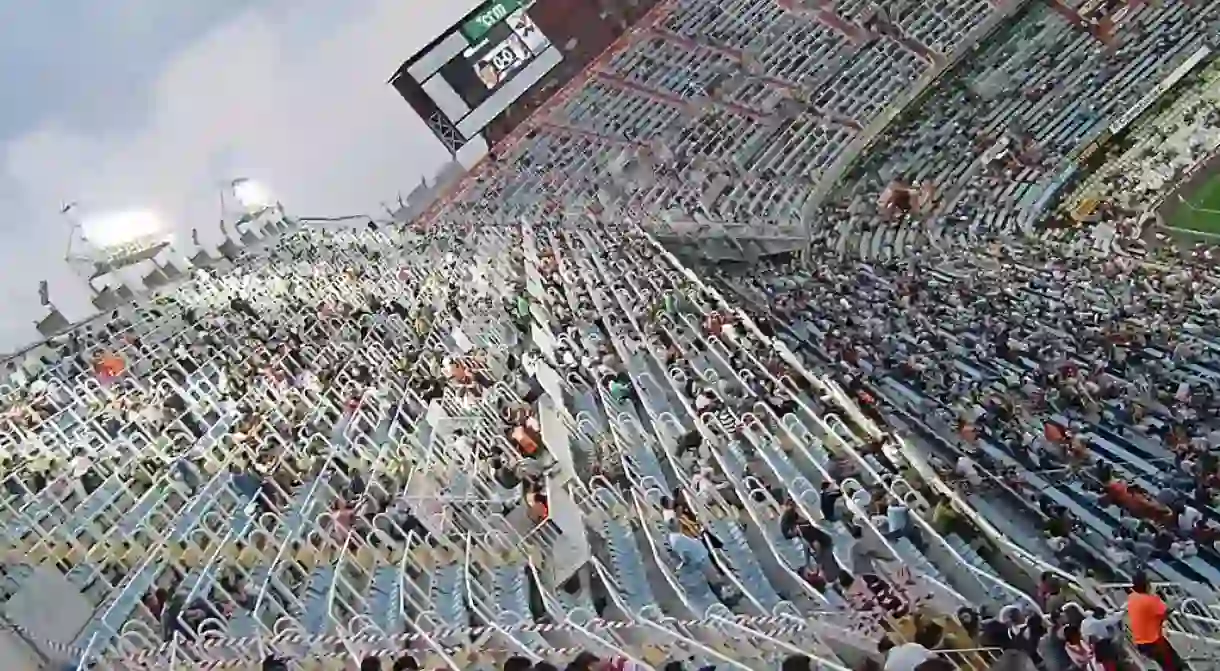A Brief History of the Valencia Football Stadium

Valencia’s Mestalla Stadium, home to Valencia CF football club, may not be the biggest stadium in Spain, but it’s got to be one of the most impressive and interesting. With its steep, vertigo-inducing stands getting fans unusually close to the pitch, you’re guaranteed an electric atmosphere at every game, and its long and chequered past is well worth learning about before any football lover’s trip to Valencia.
The stadium took four years to build, and opened in May 1923 with a friendly between Valencia’s two teams, Valencia CF and Levante. At the time, it had a capacity of 17,000 but that was quickly found to be inadequate and expanded to 25,000. It has since been expanded twice more to reach its current capacity of 55,000.

The new stadium was used for just over a decade before the Spanish Civil War broke out in 1936. During the war, which lasted until 1939, the stadium was used for storage, and even as a concentration camp. It was bombed several times, and the only part left intact was the main stand.
Grand restoration works began on the Mestalla in the 1950s. But disaster struck in 1957 when the river Turia burst its banks, causing terrible flood damage to the entire city centre, including the newly rebuilt stadium. Part of it collapsed completely.
Restoration work began once again and the stadium was finally rebuilt. In 1962, Nottingham Forest was the first foreign team to play at Mestalla.
Valencia CF considered moving to a new stadium during the 1970s, but instead decided to make more improvements to the Mestalla, which was especially important with the 1982 World Cup to be hosted in Spain. All of Spain’s three first-round group matches were played at the Mestalla.
For the next fifteen years, the Mestalla remained more or less the same, until the final expansion in 2001. But many fans complained about its lack of modern facilities. Soon after, Valencia CF announced plans for a grand new 75,000-seater stadium to be built in the north of the city. During this period Valencia was going through a “boom” with the local government spending freely on new building projects springing up all over the city, including Valencia’s City of Arts and Sciences.
Work on the Estadio Nuovo Mestalla (New Mestalla Stadium) started in 2007, but the club’s financing agreement with the Valencian government collapsed during the 2008 recession. The work ground to a halt in 2009 and has yet to resume. There’s talk of renewed plans to finish the project, but for now Valencia CF are still playing in the old Mestalla, which they’ve agreed to sell – while owning a half-built stadium they can’t afford to complete.
Whatever happens, Valencia CF fans say the unique and atmospheric Mestalla stadium will always be an important part of the city and the club’s history.













